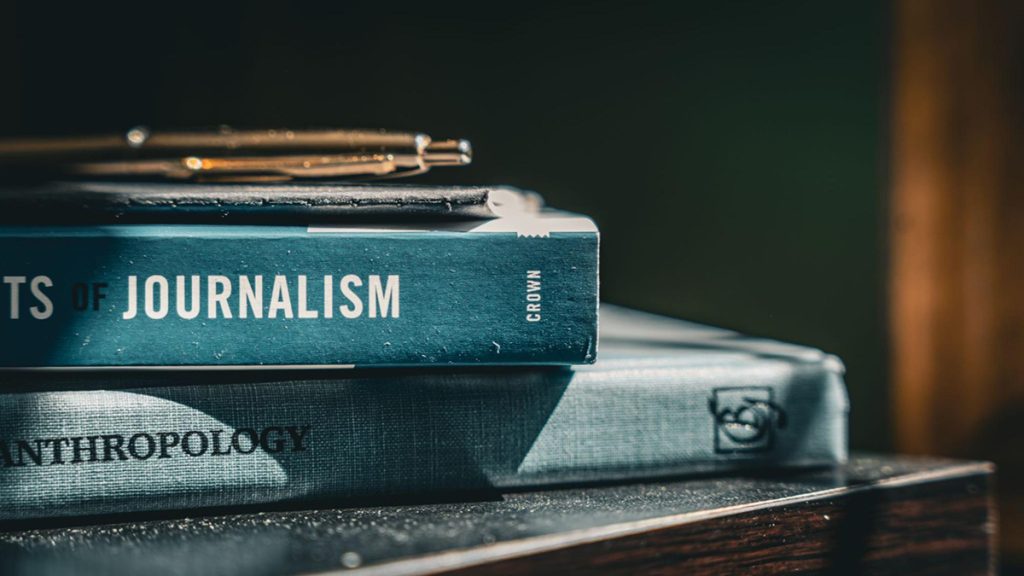
Photo: Emily Kennedy
Report like an anthropologist
From ethnographic interviews to semiotic mapping: Small newsrooms can do big things, you just need the right tools
Anthropology and journalism are close kin: both share methods such as interviewing, field work, writing and more. As newsrooms look for solutions to better engage with communities and readers, many are already employing ethnographic methods — without realizing it.
With trust in media at historic lows and communities feeling burned by parachute journalism, these methods are exactly what newsrooms need.
Anthropologists have long faced this “outsider problem.” How do you get people to trust you with their real stories? How do you see patterns which locals can’t see because they’re too close? How do you engage with communities without extracting from them?
Don’t worry, it’s not a completely new set of tools you need to learn, but rather exploring the methods and learning how to dive deeper by borrowing from anthropology’s lessons learned.
A new virtual workshop from the Reynolds Journalism Institute and The Centre for Anthropology and Journalism brings these field-tested tools and training to journalists who truly need them.
Work like an anthropologist
Participatory observation
Before you interview anyone, you show up. Not with a recorder, just as a person. You help set up chairs at the community meeting. You hang out in the barbershop. When you finally do interviews, you’re not a stranger with an agenda — you’re the journalist who was here last week, helping and listening. Learn how ethnographers participate without changing the group they observe too much.
The ethnographic interview
Learn to let sources drive. One technique transforms guarded sources into patient teachers. Imagine the council member who usually speaks in talking points suddenly explaining their neighborhood’s power dynamics because you asked and used interview techniques to help them explain their worldview.
Semiotic mapping
This visual technique takes 15 minutes and reveals story connections you’re missing. Map out who talks to whom, what symbols matter, which spaces are sacred. Suddenly you see why your healthcare story needs to include the corner store owner—she’s the informal therapist for three blocks.
We’re making it useful and practical
If you’re working in a small or mid-sized newsroom, you know how hard it can be to carve out time for new skills. This workshop is built for your reality: techniques that work with tight deadlines, templates you’ll actually use, and — here’s the key — one-on-one coaching on your actual beat. Bring your stuck story. We’ll unstick it.
Small newsrooms can do big things. You just need the right tools.
The workshop
Two 90-minute sessions packed with practical tools and hands-on learning.
Week one: trust-building and interviewing techniques.
Week two: observation methods and bias checks. Between sessions, try the tools on your beat. In session two, get personalized coaching on what worked and what didn’t.
What you’ll take home
Templates, and a workbook filled with more to come back to and explore on your own time; plus a direct line to instructors when you hit a wall.
Sessions
October 14 at 1 p.m. CT and October 21 at 1 p.m. CT. After you register, you will be sent the zoom links for both sessions. We will share the take home materials and recordings only for those who register but are unable to make it.
Cite this article
Kennedy, Emily; and Gamwell, Adam (2025, Sept. 16). Report like an anthropologist. Reynolds Journalism Institute. Retrieved from: https://rjionline.org/news/report-like-an-anthropologist/

